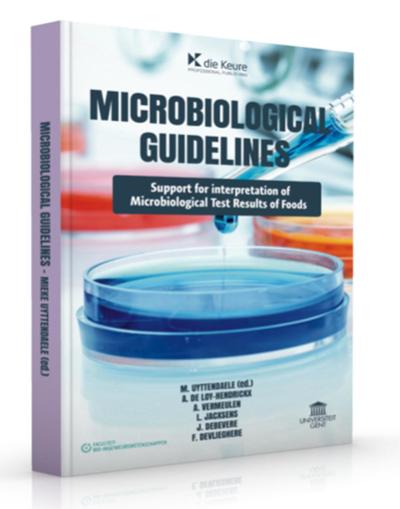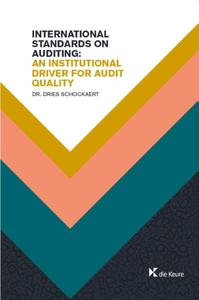Nous utilisons des cookies pour améliorer votre expérience. Pour nous conformer à la nouvelle directive sur la vie privée, nous devons demander votre consentement à l’utilisation de ces cookies. En savoir plus.
MICROBIOLOGICAL GUIDELINES - SUPPORT FOR INTERPRETATION OF MICROBIOLOGICAL TEST RESULTS OF FOODS
EAN : 9782874035036
Paru le : 17 nov. 2021
-
 Livraison gratuite
Livraison gratuite
en France sans minimum
de commande -
 Manquants maintenus
Manquants maintenus
en commande
automatiquement -
 Un interlocuteur
Un interlocuteur
unique pour toutes
vos commandes -
 Toutes les licences
Toutes les licences
numériques du marché
au tarif éditeur -
 Assistance téléphonique
Assistance téléphonique
personalisée sur le
numérique -
 Service client
Service client
Du Lundi au vendredi
de 9h à 18h
- EAN13 : 9782874035036
- Réf. éditeur : 991641
- Collection : LA CHARTE
- Editeur : Charte
- Date Parution : 17 nov. 2021
- Disponibilite : Epuisé
- Barème de remise : NS
- Nombre de pages : 464
- Format : 3.10 x 16.00 x 24.00 cm
- Poids : 852gr
- Interdit de retour : Retour interdit
-
Résumé :
Food should be tasty, healthy, sustainable and preferably not too expensive. But food should also be safe and with sufficient guarantees on maintaining good quality aspects until the end-of-shelf life. The various actors in the food supply chain have an interest in verifying the expected quality and safety by means of microbiological analyses of food. Measurement brings knowledge and microbiological guidelines help in the decision-making process for judging the acceptability of food or food production processes. The present handbook provides microbiological guidelines and current applicable EU legal criteria (status 1.1.2018) for a wide range of food categories (dairy, meat, seafoods, plant-based foods, bakery products, composite foods, shelf-stable food, water) and subcategories therein, based upon the type of food processing and intrinsic characteristics of the foods.
This book can be consulted to provide quick answers on the expected microbiological contamination of foodstuff. It can help in interpretation of test results in assessing good (hygienic) practices in the production of food, determining the shelf life and ensuring food safety. The handbook also presents definitions of the wide variety of foodstuffs available and some reflections on, in particular, food safety issues or the on-going debate for some food items in assessing microbial quality. Furthermore, dedicated chapters deal with basic information on the various microbial parameters useful in testing of foods, sampling is discussed, and the set-up of challenge testing as a tool to assess food safety is elaborated upon.








